Species Photo Gallery for Acanalonia conica No Common Name 50 |
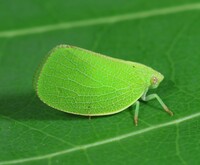 | Photo by: Rob Van Epps
Iredell Co.
Comment: Caught sweeping in grassy, weedy area. |  | Photo by: Marilyn Westphal
Henderson Co.
Comment: Old field flood plain |
 | Photo by: Kelli Ashby
Durham Co.
Comment: Nymphs with adult and ant gathering honeydew | 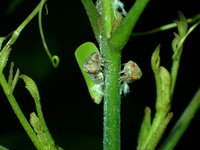 | Photo by: Kelli Ashby
Durham Co.
Comment: Nymphs with adult |
 | Photo by: Kelli Ashby
Durham Co.
Comment: Nymphs with adult | 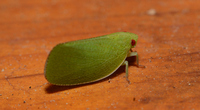 | Photo by: Hunter Phillips, Mark Shields
Onslow Co.
Comment: |
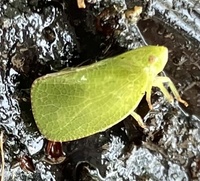 | Photo by: Ken Kneidel
Mecklenburg Co.
Comment: Alive, stuck in goo on a tree band on Quercus phellos. |  | Photo by: Mark Basinger
Wilson Co.
Comment: Attracted to front porch light |
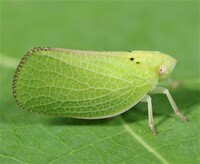 | Photo by: Rob Van Epps
Iredell Co.
Comment: Caught sweeping. |  | Photo by: Rob Van Epps
Iredell Co.
Comment: Caught sweeping. |
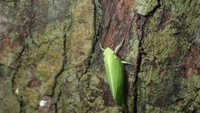 | Photo by: Erich Hofmann
New Hanover Co.
Comment: | 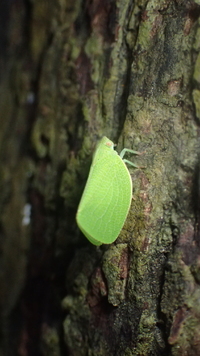 | Photo by: Erich Hofmann
New Hanover Co.
Comment: |
 | Photo by: Rob Van Epps
Mecklenburg Co.
Comment: |  | Photo by: Erich Hofmann and Kayla Weinfurther
New Hanover Co.
Comment: Sitting still on the plant stalk. Didn't move even when plant was manipulated for photos. |
 | Photo by: Erich Hofmann and Kayla Weinfurther
New Hanover Co.
Comment: Sitting still on the plant stalk. Didn\'t move even when plant was manipulated for photos. | 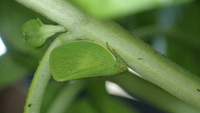 | Photo by: Erich Hofmann and Kayla Weinfurther
New Hanover Co.
Comment: Sitting still on the plant stalk. Didn\\\'t move even when plant was manipulated for photos. |
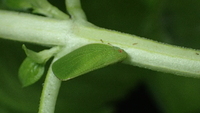 | Photo by: Erich Hofmann and Kayla Weinfurther
New Hanover Co.
Comment: Sitting still on the plant stalk. Didn\\\\\\\'t move even when plant was manipulated for photos. | 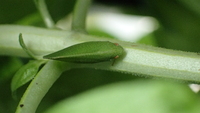 | Photo by: Erich Hofmann and Kayla Weinfurther
New Hanover Co.
Comment: Sitting still on the plant stalk. Didn\\\\\\\\\\\\\\\'t move even when plant was manipulated for photos. |
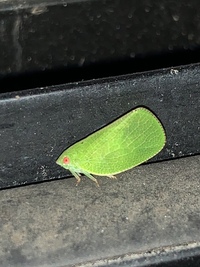 | Photo by: Cookie Stearns
Hoke Co.
Comment: It was sitting on my window in front of the AC exhaust fan. | 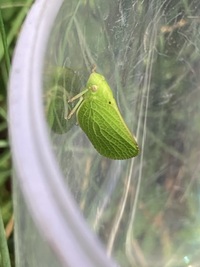 | Photo by: J. Thomson with Ansel
Buncombe Co.
Comment: sweep net |
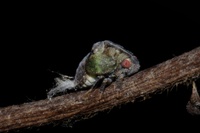 | Photo by: Scott Bolick
Forsyth Co.
Comment: |  | Photo by: Scott Bolick
Forsyth Co.
Comment: Laying Eggs |
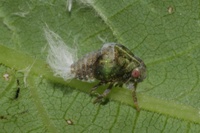 | Photo by: SCOTT R BOLICK
Randolph Co.
Comment: |  | Photo by: Mark Shields
Onslow Co.
Comment: |
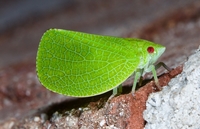 | Photo by: Jim Petranka
Madison Co.
Comment: | 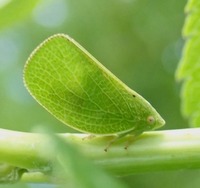 | Photo by: aubrey wiggins
Wake Co.
Comment: |
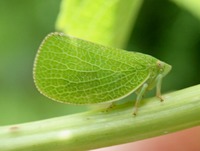 | Photo by: aubrey wiggins
Wake Co.
Comment: |  | Photo by: Ken Kneidel
Mecklenburg Co.
Comment: sweep through low vegetation |
 | Photo by: Ken Kneidel
Mecklenburg Co.
Comment: sweep through low vegetation | 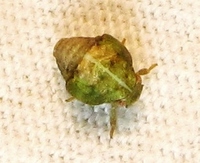 | Photo by: Ken Kneidel
Mecklenburg Co.
Comment: sweep through low vegetation |
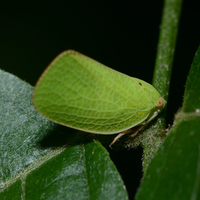 | Photo by: Margarita Lankford
Orange Co.
Comment: https://www.inaturalist.org/observations/28477238 |  | Photo by: Mark Shields
Onslow Co.
Comment: |
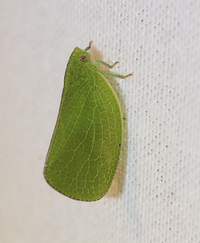 | Photo by: Randy Emmitt
Orange Co.
Comment: UV light |  | Photo by: Randy Emmitt
Orange Co.
Comment: UV light |
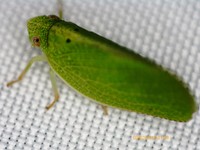 | Photo by: Tracy S. Feldman
Wake Co.
Comment: unid_planthopper | 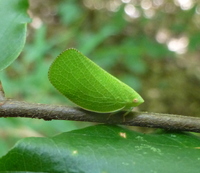 | Photo by: F. Williams, S. Williams
Gates Co.
Comment: MEMI |
 | Photo by: T. DeSantis
Camden Co.
Comment: DISW |  | Photo by: Tracy S. Feldman
Scotland Co.
Comment: unid_planthopper |
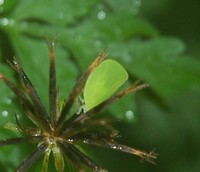 | Photo by: Tracy S. Feldman
Scotland Co.
Comment: on seed cluster - unid_planthopper |  | Photo by: Tracy S. Feldman
Scotland Co.
Comment: on seed cluster - unid_planthopper |
 | Photo by: Rob Van Epps
Mecklenburg Co.
Comment: Weedy/grassy open area. | 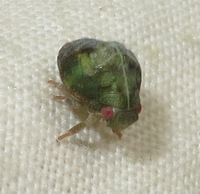 | Photo by: Brian Bockhahn
Rockingham Co.
Comment: TENTATIVE ID |
 | Photo by: Kyle Kittelberger
Dare Co.
Comment: grassy, open forest habitat | 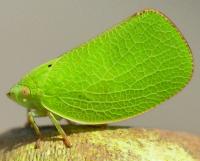 | Photo by: Kyle Kittelberger, Brian Bockhahn
Orange Co.
Comment: grassy, field-type habitat |
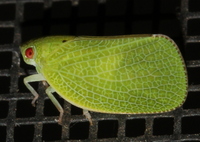 | Photo by: Harry Wilson
Wake Co.
Comment: Mixed hardwood and pine. Attracted to light. | 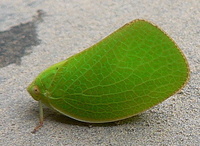 | Photo by: S. Williams
Camden Co.
Comment: DISW - Kim Saunders |
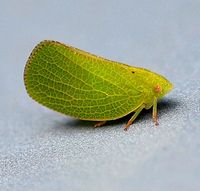 | Photo by: Paul Scharf
Warren Co.
Comment: Caught Sweeping | 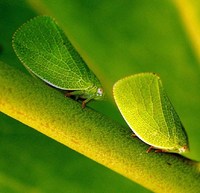 | Photo by: Paul Scharf
Warren Co.
Comment: Spotted on plant |
 | Photo by: Paul Scharf
Warren Co.
Comment: Spotted on plant | 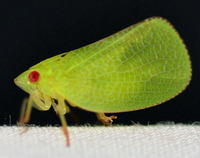 | Photo by: Kyle Kittelberger
Wake Co.
Comment: mixed hardwood forest habitat |
|

 »
»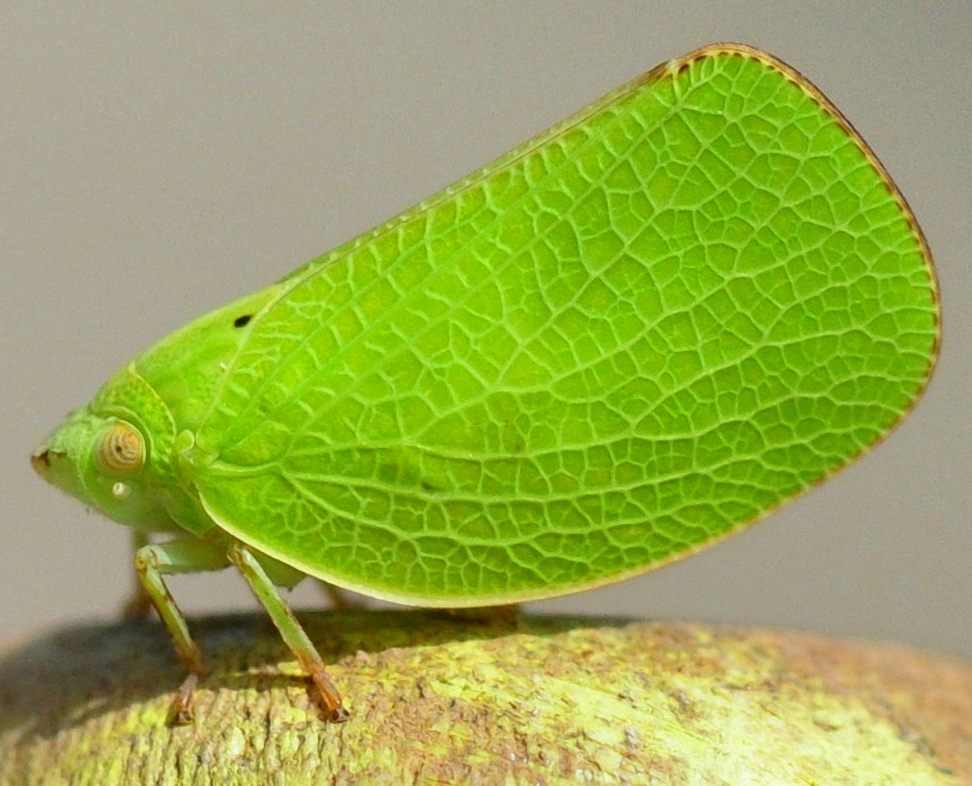



 »
»

